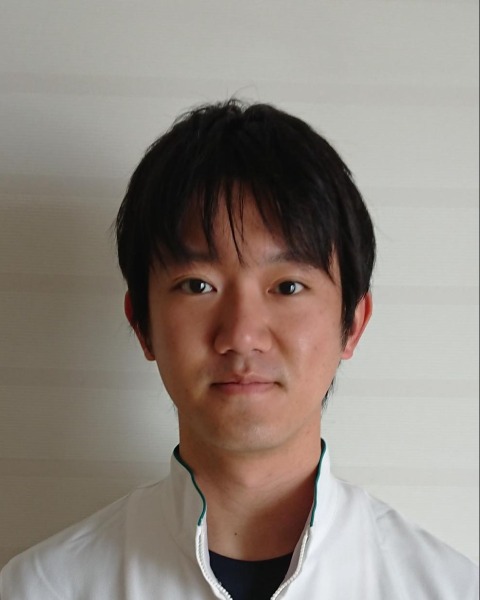2024 Posters
Analytical
Combined analysis of component spatial distribution and microstructure in formulations by Cryo-ToF-SIMS/SEM

Tsubasa Yabuchi, MS (he/him/his)
Researcher
Kao Corporation
Kawasaki-Shi, Kanagawa, Japan- MO
Masashi Oguri
Researcher
Kao Corporation, Japan - DA
Dan Aoki
associate professor
Nagoya University, Japan - FK
Fukushima Kazuhiko
professor
Nagoya University, Japan
Presenting Author(s)
Co-Author(s)
Formulations for skin care and fabric care products consist of diverse components. Depending on the combination of these components and formulation processes, various microstructures are formed. The composition and structure of formulations are related to their function and stability. Therefore, determining the relationship between components and structure in formulation is essential to designing high-performance formulations. Cryogenic (cryo) scanning electron microscopy (SEM) is effective for directly analyzing the formulation structure. However, conducting a detailed analysis of the components distributed within the formulation structure is challenging. Therefore, we used a combination of cryo time-of-flight secondary ion mass spectrometry (cryo-ToF-SIMS) and cryo-SEM (cryo-ToF-SIMS/SEM). ToF-SIMS has proven advantageous for revealing the spatial distribution of components in various samples. This study aims to identify the relationship between components and structure in formulation using cryo-ToF-SIMS/SEM analysis.
In this study, the formulation was a model fabric softener comprising a fatty acid ester with tri-ethanolamine quaternized (TEAQ), isopropyl palmitate, and other compounds. After rapid freezing of the sample with liquid nitrogen, the cross-section was prepared via cryo-microtomy and analyzed through cryo-ToF-SIMS/SEM.
Cryo-SEM revealed a spherical structure surrounded by a lamellar structure; the spherical component, identified through cryo-ToF-SIMS, contained isopropyl palmitate. Furthermore, a detailed analysis of the results revealed that the spatial distribution of TEAQ varied with ester bond count and alkyl chain length. In the sample formulated using a specific compounding method, TEAQ with three ester bonds was contained in the spherical component, whereas TEAQ with one or two ester bonds was distributed in the lamellar structure. The varying distributions may play a key role in identifying the inhibitory mechanisms of TEAQ hydrolysis by isopropyl palmitate. These findings confirm that cryo-ToF-SIMS/SEM is an effective tool for analyzing the components and structure of formulations.

.jpg)